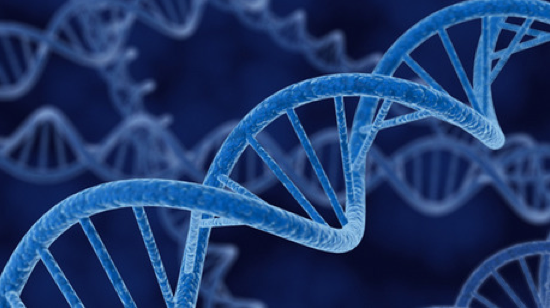Advances in Stem Cell Research Are Bringing Medicine to a New Frontier
If you became a parent ten to fifteen years ago, you most likely remember your doctor asking you if you would like to collect and bank your cord blood for future use. It was a pretty costly venture which seemed like something straight out of science fiction, but could ultimately be lifesaving. The reason for saving the cord blood was to be able to use those cells to treat or repair any damage incurred in the event of an illness. It was a way of harvesting stem cells for future use. Before the days when stem cells could be harvested from cord blood, they were obtained from fetuses that were not viable.
I recently attended a lecture about stem cell research and was surprised to learn scientists could now isolate stem cells from skin cells. In particular, skin cells are stripped of their memory of being a skin cell and then reprogrammed to become any type of cell needed. For example, they could be programmed to become immune cells. In the case of cancer, stem cells could be armed with the knowledge to look for certain tumor markers related to a specific cancer. The reprogrammed stem cells are then placed back in the person’s own body to do their work, creating an army of mature immune cells equipped with the knowledge and ability to identify and remove problem cells before they are able to aggregate or grow.
Hearing this lecture spurred my interest in learning more about the scientific advancements of stem cell research. I found a neurosurgeon studying the effects of stem cells on traumatic brain injury in monkeys. Amazingly, the “marked” stem cells reimplanted back into the monkeys brains help regenerate as much as 40% of lost function. When it comes to the brain, that is a huge accomplishment. Unfortunately, this treatment modality is still many years from use in humans.
Personally, I think these advancements are nothing short of a miracle, but when it comes to cancer, I wonder about the environment into which these newly programmed cells are being released. For one thing, the cells are programmed to look for certain tumor markers. If a different type of tumor marker is shown, it still may not be recognized. This is one inherent problem. Secondly, the environment matters a great deal in health and disease. If one is to avoid developing diseases like cancer, they have to make their internal environment as inhospitable to it as possible. The good old-fashioned way to do that is to be mindful of diet, stress, pathogens, external toxins, and physical activity. Using stem cells to identify and remove abnormal cells is genius, but even these new immune cells could use some help.









